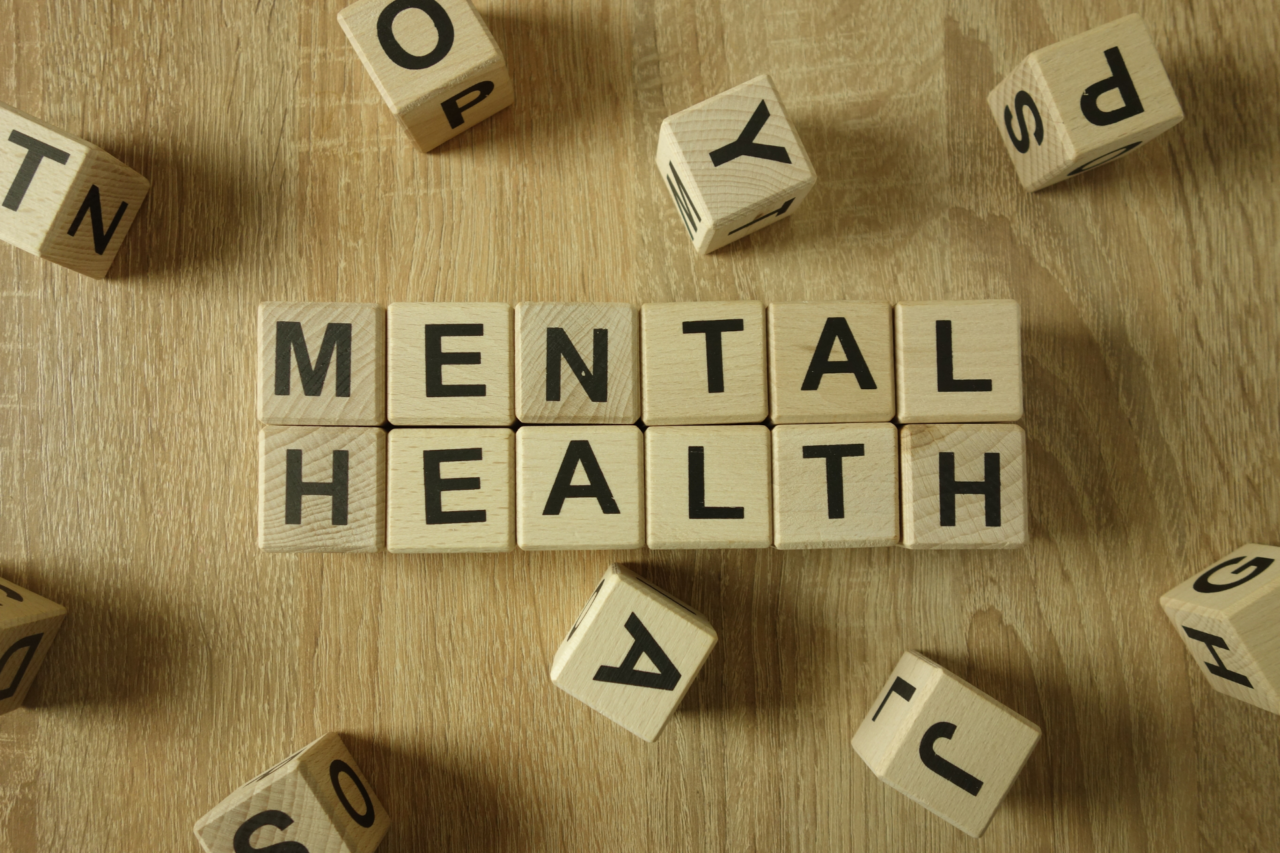The big picture:
A new report by Milliman, commissioned by advocacy group Inseparable, reveals a harsh truth: Most Americans diagnosed with mental health conditions don’t receive treatment, even when they’re insured, according to a NPR report.
By the numbers:
- 2 out of 3 insured adults with a mental health condition didn’t receive treatment in 2021
- Only 1 in 3 got follow-up care within a month after an ER mental health crisis
- 30% of privately insured patients with mental health diagnoses saw a specialist
- 50% of the U.S. population lives in areas with a shortage of mental health professionals
- The average out-of-pocket cost for therapy: $174/hour
Why it matters:
The data confirms what many families already know: insurance doesn’t guarantee care.
Barriers like low reimbursement rates, outdated provider directories, and workforce shortages are leaving millions without critical mental health support — even in crisis.
Between the lines:
Mental health coverage is not being enforced at parity with physical health.
Insurance companies often deny care or limit access, and consumers are forced to navigate broken networks just to find available providers.
Catch up quickly:
This isn’t a new problem. A 2019 Milliman report already showed mental health providers were paid significantly less than physical health providers. Little has changed.
The backstory:
Mental health has become one of America’s most urgent public health challenges, with demand outpacing capacity and coverage failing to keep up. The Milliman report quantifies the scale of this silent crisis.
Zoom in:
Medicaid patients had the best access (44%), while only 15% of Medicare recipients with a diagnosis received care — highlighting disparities even within insured populations.
Zoom out:
The crisis is national. Despite rising awareness, systemic failures in coverage, access, and workforce support continue to block care for those who need it most.
What’s next:
Inseparable and Milliman propose solutions:
- Expand telehealth and peer support
- Require accurate provider directories
- Reimburse mental health providers fairly
- Cover out-of-network care when in-network access fails
What we’re hearing:
“We’re dealing with an issue that’s top of mind for nine out of ten people.”
— Meiram Bendat, attorney and psychotherapist
“The data confirm what so many families already feel — that mental health access is broken.”
— Benjamin Miller, report co-author
The bottom line:
America is facing a mental health emergency — not because people don’t want help, but because the system is designed to restrict it. Until policy, payment, and practice catch up, millions will remain untreated.
The Life Anew Angle:
For BIPOC and underrepresented communities, this crisis is even deeper. These groups often face:
- Cultural stigma
- Fewer providers who understand their lived experience
- Greater financial barriers
- Higher exposure to trauma and stress
Life Anew Behavioral Health exists to close this gap.
We deliver culturally responsive, trauma-informed care to individuals and families left behind by the traditional system. As national reports confirm what we see daily, our mission remains clear:
To empower families and communities with high-quality behavioral health services that help them thrive — not just survive.
Because access is not equity. And treatment is not one-size-fits-all.




